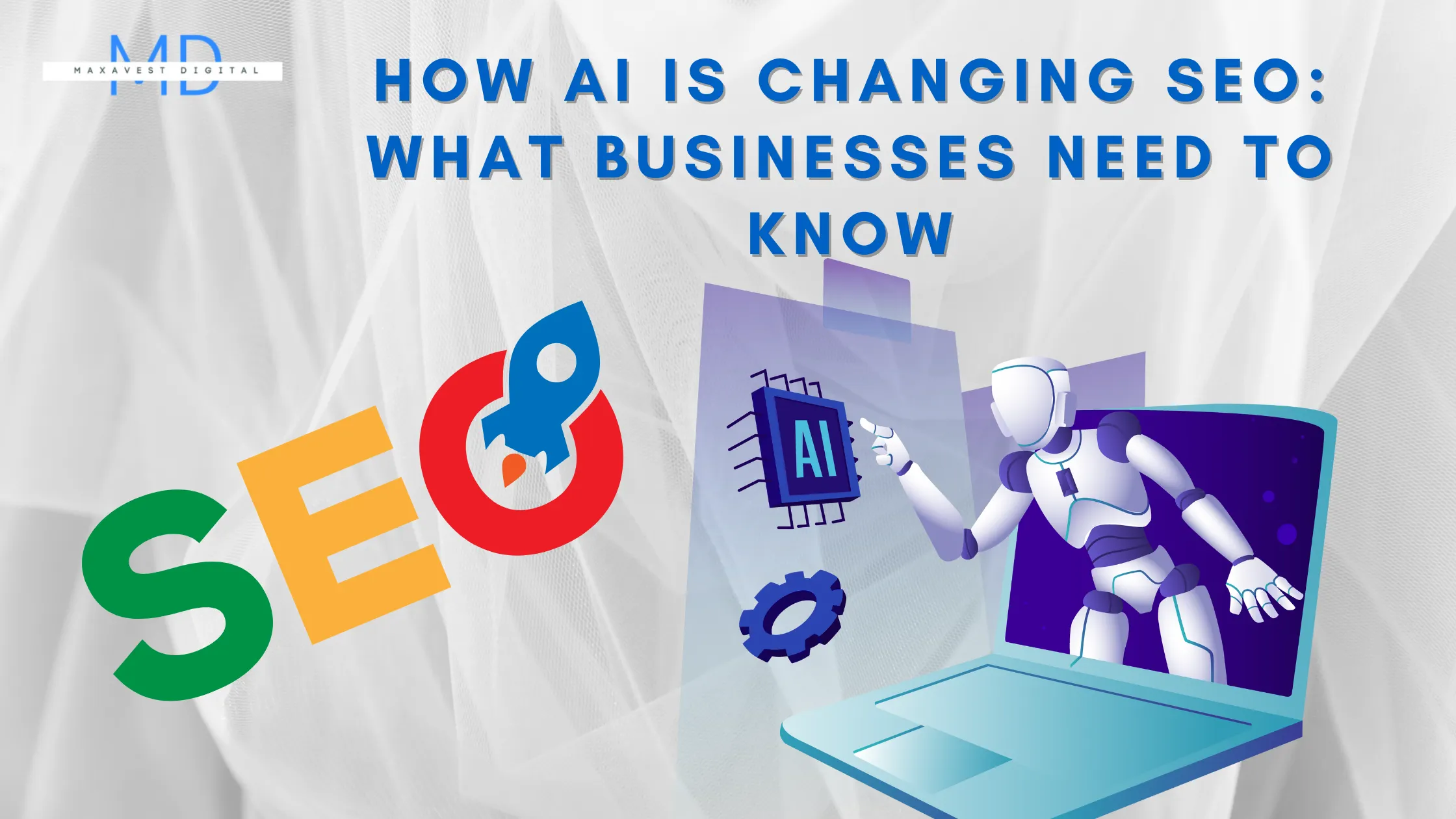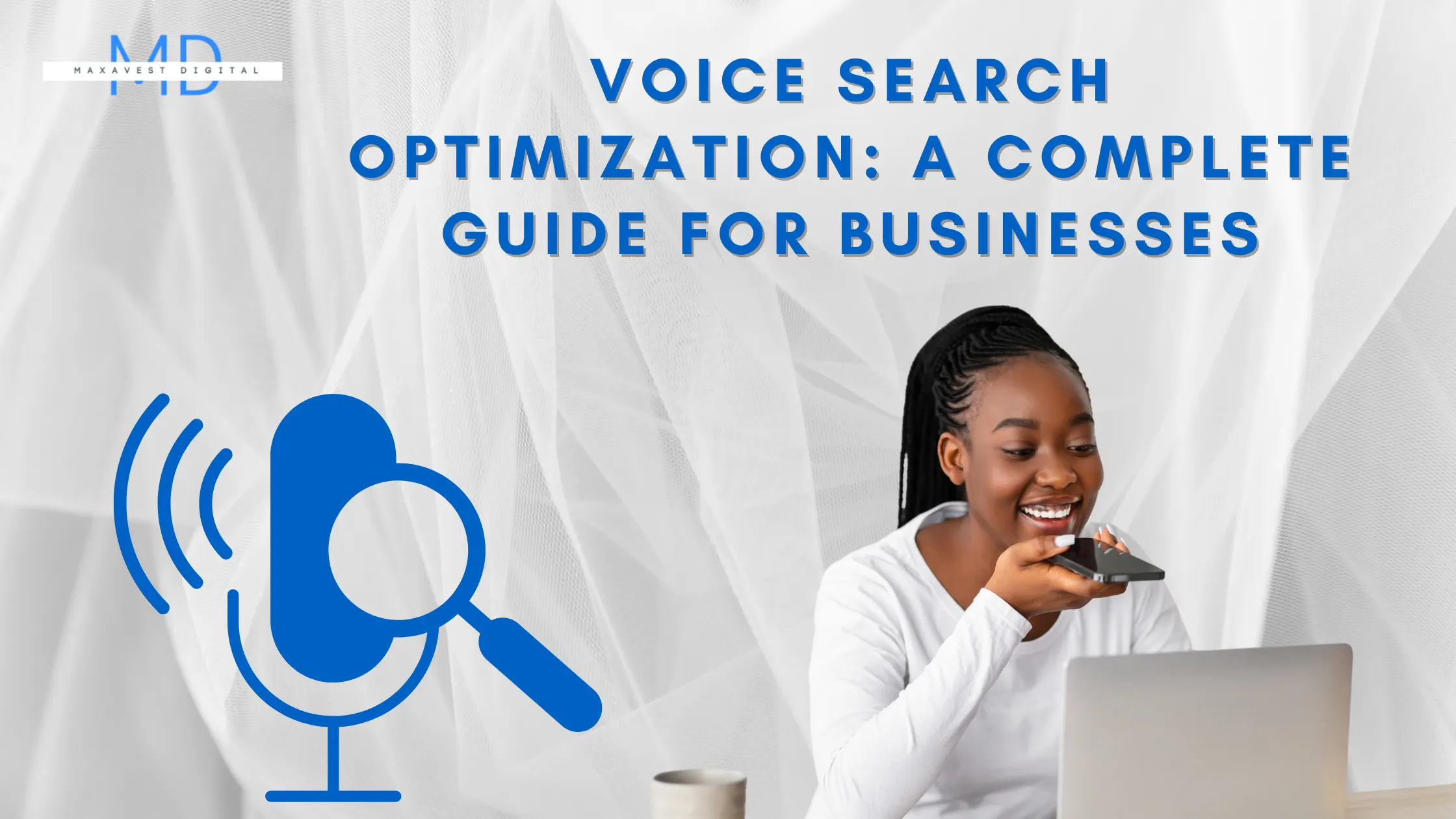The most prevalent SEO errors, how to avoid them, and how to correct them (if you've already fallen into the trap) are all demystified in this post.
What if I told you that organic search could provide 85% of your leads If you give heed to and fix the typical SEO errors that could be preventing you from getting such fantastic outcomes,
Quite intriguing, huh? Read on to learn the secrets of how to prevent these errors. They are just below.
Serious doubts are raised about search engine optimization. Due to the advantages, SEO offers your website and business as a whole, I am especially interested in it.
If you want to have a chance of ranking highly on SERPs, you will also learn how to avoid or fix them permanently on your website.
Let's get started right now.
What Are the Common SEO Mistakes When Producing Digital Content?
There are a few frequent SEO errors that you might have made while trying to rank your web pages, either accidentally or on purpose.
1. Disregarding page speed
Consider having a 0.07-page speed. This implies that you never lose a visitor to your page.
One of the most frequent SEO problems you should watch out for is page speed.
There is a truism in SEO that states Google will prefer websites that load quickly.
Even though this isn't the best outcome, I'll tell you what to do first if you want a website that loads quickly in the following few phrases.
But first, consider this realization.
Google PageSpeed Insights is a really helpful tool that you can use to check the speed of your website.
This tool provides you with a summary of the issues that need to be fixed in order to increase the speed of a specific web page.
One of the first solutions that an SEO specialist will suggest for slow websites is image compression.
Compressing photos before uploading them to your website can significantly decrease load times.
Do you understand why this is?
If not done or done properly, photographs with huge file sizes will slow down your website. I'll show you how to reduce the file size without sacrificing the quality of the images.
Getting a perfect score is really challenging if your website already features high-end graphics.
I use a plugin called Smush Image Compression and Optimization to fix this.
Before including a picture in your online content, Smush Image Compression and Optimization or WP Smush painstakingly examines every image you upload or have previously added to your site, removes all the extra data, and scales it for you.
Not using a caching plugin is another typical SEO error that contributes to a very slow website load time.
Do you want to know what benefits not using caching has cost you? Read on.
What is a plugin for caching?
Instead of loading all of the PHP scripts from WordPress each time you hit refresh, caching plugins function by saving the dynamically generated HTML files and providing them from the cache (i.e., using previously generated data) whenever a request is made.
Here are two caching plugins that are suggested: WP Super Cache or W3 Total Cache.
Either of these plugins can be set up to immediately begin caching your website content with only a few easy configurations.
However, there are more things you can do to improve and accelerate your website. To learn more about website performance optimization, just read this article.
2. Incorrect keywords
See this equation. incorrect keyword = low impression = low click-through rate = low conversion.
Did you realize how costly a poor keyword choice can be for your SEO campaign?
I'll reveal one of the worst mistakes you might still be making in keyword research to you.
Without a question, one of the most crucial aspects of digital marketing is keyword research.
You definitely need to know how to pick the best keywords for your site content if you want to have a chance of ranking on Google or other search engines.
I've previously discussed how to conduct keyword research using the Google Keyword Planner, but I haven't yet gone into great detail about how picking the incorrect keyword can impact your SEO strategy.
Brands want to rank for broad keywords like short-tail keywords as SEO professionals!
See the typical illustration below;
It is clear that a new business is, of course, not going to rank if it attempts to optimize its website for a "website development firm."
This is due to the fierce competition for that keyword.
To prevent these and other typical SEO errors when it comes to keyword research, have a look at the sample above.
We advise choosing a long-tail term to optimize for.
These keywords are less competitive and have a lower search volume, but they are more focused and have a higher conversion chance. As a matter of fact, starting to optimize for a "website design firm in Lagos" can be a good idea.
3. Disregard for Metadata
Have you ever neglected the metadata on your website or failed to notice our one metadata secret? Then the most crucial element of the frequent SEO errors you may have felt safe doing is this.
When a website shows up for particular queries, SEO metadata is what is displayed on search engine result pages (SERP).
It contains the page's title and meta description (descriptive text below the title).
Here's an example:
There is no denying that the title and meta description are very important for SEO.
Of all the meta tags, title tags are the most crucial.
In addition to having a significant impact on search rankings, these tags are the only ones we'll cover here that are readily apparent to the average user.
It is a really useful meta tag for the meta description, and I'll show you how to PERFECTLY address this aspect of your SEO.
It clarifies to both search engines and (sometimes) individual users what your page is about.
Keep in mind the following advice:
Your search engine rankings may be impacted just by the Title Tag.
Users could be persuaded to visit your website by descriptive tags.
A possible use for the meta description is as "organic ad text."
Therefore, you must ensure that it is suitably optimized for each page.
This entails including the pertinent keyword on each page and watching out for lengthy page titles.
Google will truncate your website title if it exceeds the current length limit of 400 to 600 pixels.
Potential customers shouldn't be unable to read the entire title in the SERPs.
Although it is not a ranking criterion, the meta description is crucial for improving your Click Through Rate (CTR) for humans.
The CTR provides some information about the likelihood that potential customers will actually click on your website in the SERPs.
It is simpler for potential customers to determine whether the content they're seeking for is on that page if your meta descriptions are optimized with concise and appealing excerpts of what they can find on your website.
4. Poorly crafted content
Are you aware of the reasons why your content isn't appearing on the first page of search engine results? because Google does not believe it to be of high enough quality to be presented to users.
The internet is overrun with low-quality information, and those who produce it succeed. As a result, you aren't succeeding in any way.
Writing lengthy website content, or publishing one with a sufficient number of words, is crucial.
Yoast advises that you have at least 300 words on your product page, notwithstanding how challenging it is to write.
But what features do the best-tanking blogs share?
Their minimum word count requirement for blog postings is 2,000 words.
It is advised that you continue to write long-form material if you genuinely want your posts to rank.
Typically, 1,500–2,000 word blog entries are referred to as "long-form."
But those figures are gradually rising, with 3,000 to 10,000 words emerging as the new norm.
Today, when you ask Google a topic, it will typically return a long-form article of over 2,000 words that it deems to be the highest quality post that addresses your query.
In conclusion, concentrate on producing high-calibre, original long-form content.
5. A mobile-unfriendly website
How did it go when you attempted to utilize a website on your mobile device but found it difficult to browse or click a button precisely?
I'm just as adept at guessing as you are. People leave your page without reading your material or taking action as a result of the bizarre and frustrating experience.
7 Typical SEO Errors To Avoid And How To Correct Them Typical SEO Errors - lack of a mobile-responsive website
Desktop computing has long been superseded by mobile Internet access.
There will reportedly be more than 6.1 billion smartphone users by the year 2020.
As a result, it's reasonable to predict that many of those devices will account for a sizable amount of traffic to your website.
You should be engaged in preparing your site for this change since Google has indicated that they will switch to mobile indexing first next year.
Google will consider your site's mobile version when determining how high you should rank, which is known as "mobile indexing first."
Therefore, if your desktop site is set up flawlessly but your mobile site isn't responsive at all, you have a lot of work to do if you don't want to see a decline in rank over the course of the following year.
It is necessary to take into account everything, from text fonts and layouts to image optimization.
Using Google's Mobile-Friendly Test Tool is a wonderful way to determine a website's mobile friendliness.
Mobile-Friendly Check
It could also be useful to test the site on different screen resolutions to see if it appears fine everywhere. Without knowing it, you might have a terrible mobile layout on some screen widths.
6. Negative links
Your ability to rank on Google's first page may be significantly hampered by your backlink profile.
And for this reason, you must examine your backlink profile.
The next error is a killer tactic that can get you banned from Google SERPs, even though many would argue that this is the most frequent SEO mistake to ever be made on your website.
In the past, writing guest posts on blogs or other websites with a link back to their own was a popular SEO strategy.
Now..
This procedure is still required to build recognition for your website.
However,
It must be carried out differently.
Search engines have prioritized relevant linking more since 2012.
A poor one would be connecting an eCommerce cat toy website to a store that sells boating supplies.
These two could perform poorly in search results since they are not pertinent.
You must be selective about where you upload your material if you want to build a powerful network of backlinks. Make guest posts for blogs, but make sure they are pertinent to the particular business or specialty of your site.
Studies demonstrate that higher positions in search results are strongly influenced by link authority.
This means that links from websites with a high Ahrefs Domain Rating can have a significant impact on how your site appears in search results.
prior to submitting a guest article submission. Be careful to conduct a competitor analysis of potential websites with higher domain authority than yours.
You may check the domain and page rank of websites in your niche using MOZ.com.
SEMRUSH.com can be used to research competitors in your market.
7. Overuse of keywords
If you stuff keywords, you face the risk of being removed from Google SERPs, which will prevent Google bots from crawling your website.
What exactly is keyword stuffing now?
Observe the picture below.
At the turn of the century, keyword stuffing was a ubiquitous technique.
Apparently, Google
The act of cramming a webpage with keywords or numbers in an effort to artificially inflate a site's rating in Google search results is known as "keyword stuffing."
These terms frequently appear in lists, groups, or out of context (not as natural prose).
Many people found that repeatedly utilizing the same term would elevate a website in search results.
Unfortunately, this led to the creation of awful and challenging-to-read information.
Although,
Despite being widely banned, this behaviour nonetheless occurs more frequently than it should.
Some developers still cram as many keywords into a short piece of text as they can. The pages consequently perform poorly in a search.
According to experts, the ideal keyword-to-content ratio should be around 2.5 percent.
This means that you should only repeat a term once per 50 words or so. You could face a penalty from search engines like Google if you don't.
Therefore, when asked "What are some common SEO blunders in the production of digital content," You only need to reconsider your ranking methods if you commit these most prevalent SEO mistakes that content curators make while attempting to rank their websites.
Conclusion
You should carefully follow each of the steps described above if you don't want to make search engine optimization blunders. Following it is insufficient; you also need to understand SEO well and how to make the most of it.
.


























